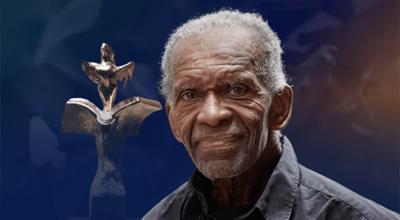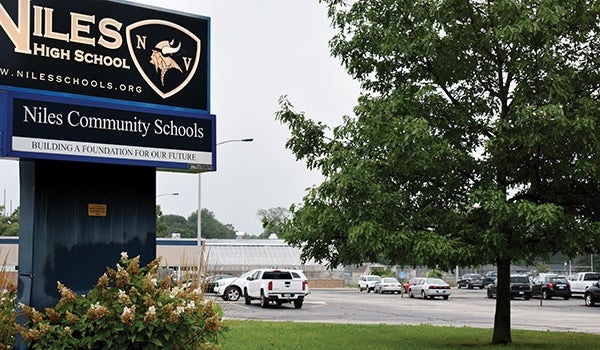Public invited to see new discoveries at Fort St. Joseph
Published 9:29 am Friday, June 26, 2015

Leader photo/CRAIG HAUPERT
Community leaders, archaeology students and others gathered for media day at the Fort St. Joseph dig site in Niles Thursday morning.
Of the dozens of significant finds unearthed at this year’s Fort St. Joseph archaeology dig, Amelia Harp said one of her favorites is a tiny 300-year old ring that was likely worn by a young girl in the 18th Century.
It has what the graduate student said appears to be a gemstone — or a piece of glass made to look like one — on the top. Even though it is rusty and dirty, the beauty shines through.
“I’d wear that,” said Harp, who found the piece while troweling in a flood plane during the 2015 dig. “I just love finding things — it is always exciting. I’m really proud of this one though.”
The general public will have a chance to see the ring, and dozens of other newly uncovered artifacts, at the Fort St. Joseph Archaeological Project Open House from 10 a.m. to 4 p.m. Saturday and Sunday. The free public events will take place at the dig site, located in Niles’ South Riverfront Park at the corner of Bond and Fort streets.
This year’s theme is “Seeking Shelter From the Storm: Architecture in 18th-Century New France.”
The Fort St. Joseph mission, garrison and trading post complex was occupied from 1691 to 1781 along the St. Joseph River in what is now the city of Niles.
Built by the French, the fort was at times controlled by the British and the Spanish. Since 1998, Western Michigan University faculty researchers and students have been working to identify, investigate and interpret the physical remains of the fort, one of the most important Colonial outposts in the western Great Lakes.
Throughout the day, faculty and students from WMU’s Archaeological Field School will show off the site and demonstrate the wet screens they use to find evidence of the fort’s history. This year’s discoveries include such items as parts of firearms, a brass bell and a French seal of the crown.
Dr. Michael Nassaney, principal investigator for the project, said the dig is important because very little is known about the site.
“So archaeology is really an opportunity to get a sense of what the site looked like, and what daily life was like at the site,” he said.
Additional activities during the open house will include lectures and demonstrations; living history re-enactments of military and mission life; blacksmithing, spinning and quill writing; and timber-frame and wigwam construction techniques.
Other demonstrations will focus on 18th century music, dance and food.
Food will be available for purchase, and rides in a voyageur canoe will be provided by the Sarett Nature Center on both days for $3 per person.
WMU has conducted its annual archaeological field school at the site for 11 of the past 13 years, in partnership with the city of Niles, the Fort St. Joseph Museum and Support the Fort, a nonprofit organization focused on preserving the fort’s history.
Researchers are back in the field this year after taking a hiatus last year to allow Field School Director Dr. Michael Nassaney a sabbatical, to write a book on the archaeology of the North American fur trade (University Press of Florida, September 2015), and to assess the path forward for the project.
This year, the WMU Field School participants began their work at the site May 18, and they will remain until June 30.






